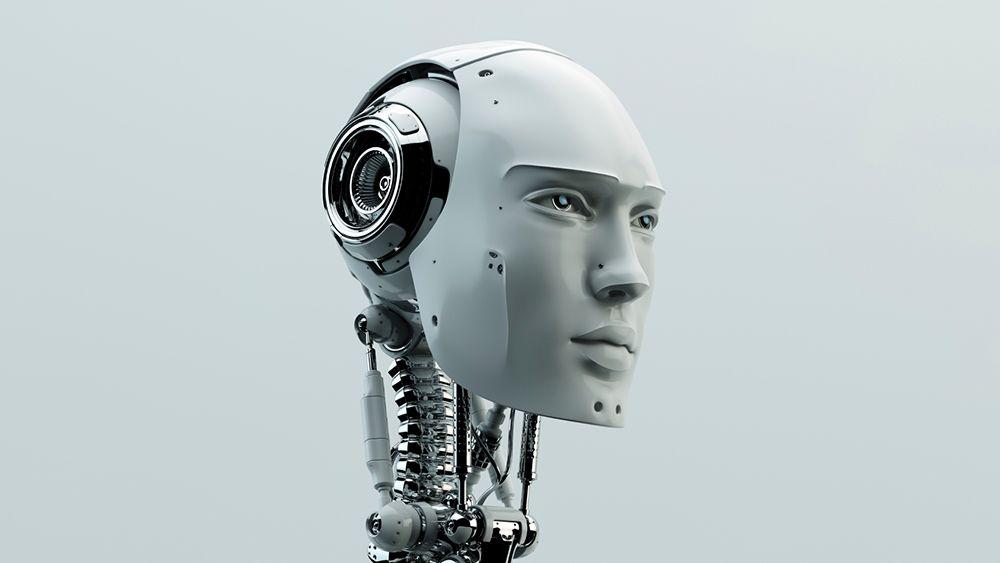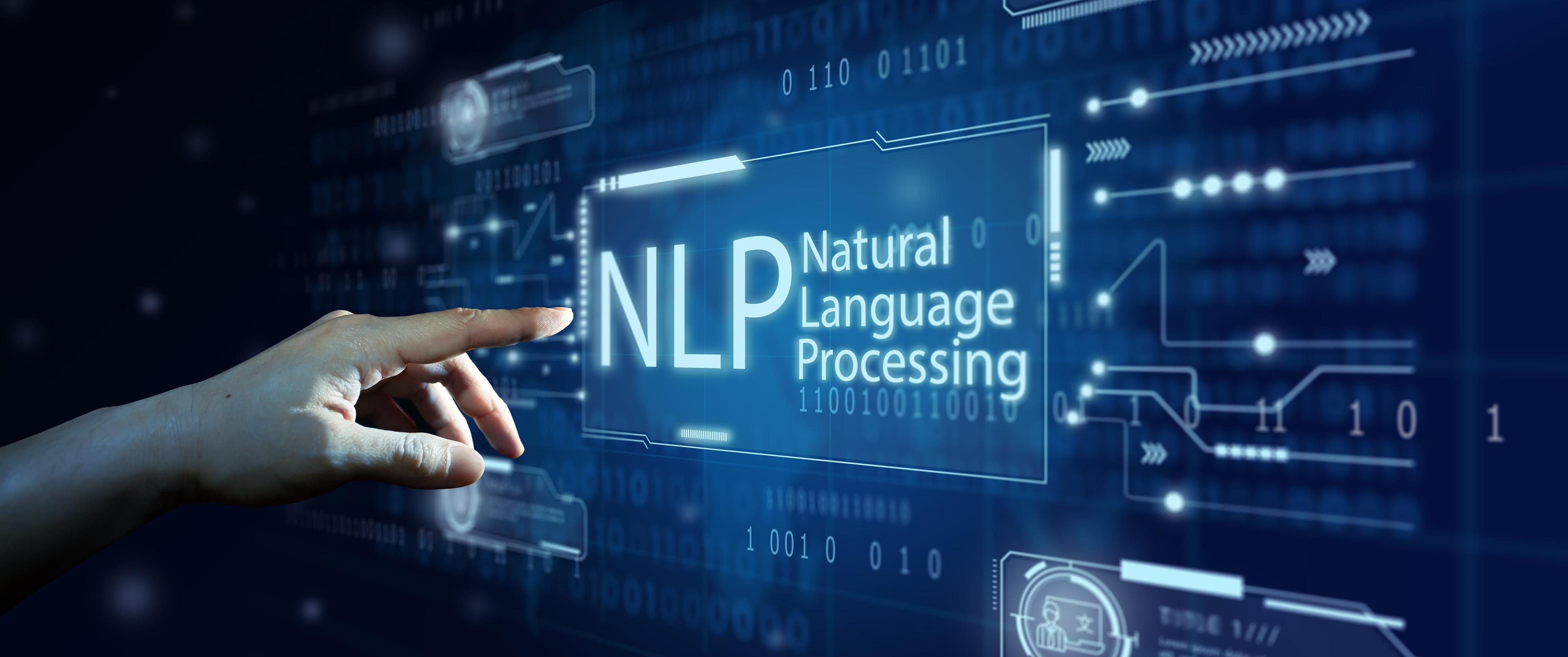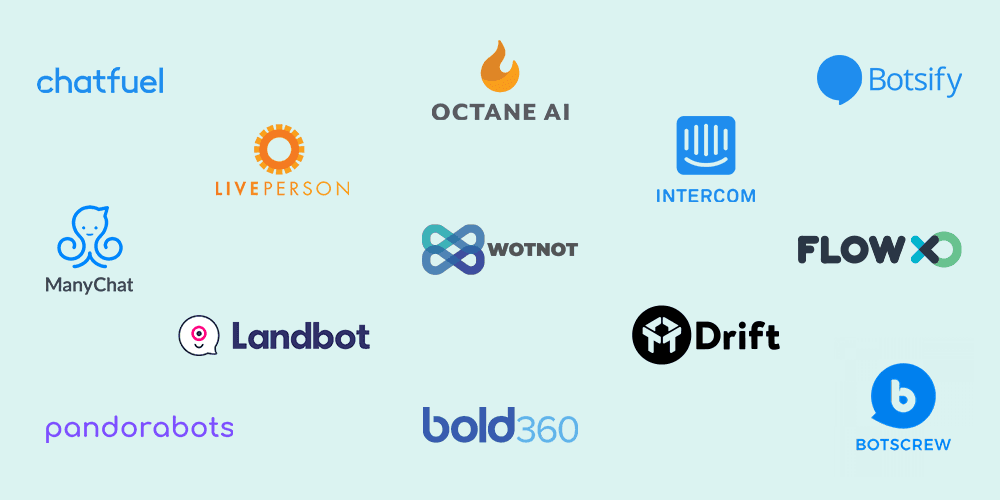How AI Chatbots Can Help Streamline Your Business Operations
The importance of chatbots in making your brand more accessible and impactful is already established. AI chatbots can help your customers and in turn, your business in a lot of ways – from getting in touch with a customer representative, report issues to support, generate a lead to get in touch with later, order products and services, and much more.
Intelligent chatbots can do various things and serve different kinds of functions to add value to an organization. They help streamline the sales process and improve workforce efficiency.
Here, we will look at the different types of chatbots, how an AI chatbot is different from other types of chatbots, and how to make an intelligent chatbot that can benefit your enterprise today.
Chatbots can benefit an organization and add value in many ways, including –
- Greeting and welcoming customers
- Understanding the needs of a visitor
- Providing information based on inputs
- Generating leads based on information provided
- Connecting the visitor to a customer representative
Types Of Chatbots
There are two main types of chatbots in use today. They are –
1. Rule-based Chatbots
Rule-based chatbots use simple boolean code to address a user’s query. These tend to be simpler systems that use predefined commands/rules to answer queries.
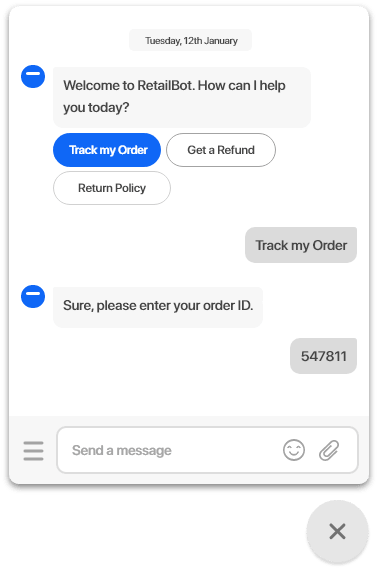
Typical rule-based chatbots use a simple true/false algorithm to understand user queries and provide the most relevant and helpful response in the most natural way possible.
Rule-based chatbots are incapable of understanding the context or the intent of the human query and hence cannot detect changes in language. These chatbots are restricted to the predefined commands and if the user asks anything outside of those commands, the bot cannot answer correctly. This is where an AI chatbot comes in.
2. AI Chatbots

An AI chatbot is more advanced and can understand open-ended queries. AI chatbots use natural language processing and machine learning algorithms to become smarter over time. They are more akin to an actual live representative that can grow and gain more skills.
Let us understand in detail what an AI chatbot is.
What is an AI Chatbot?
AI chatbots can improve their functionality and become smarter as time progresses. They can learn new features and adapt as required. Intelligent chatbots become more intelligent over time using NLP and machine learning algorithms. Well programmed intelligent chatbots can gauge a website visitor’s sentiment and temperament to respond fluidly and dynamically.
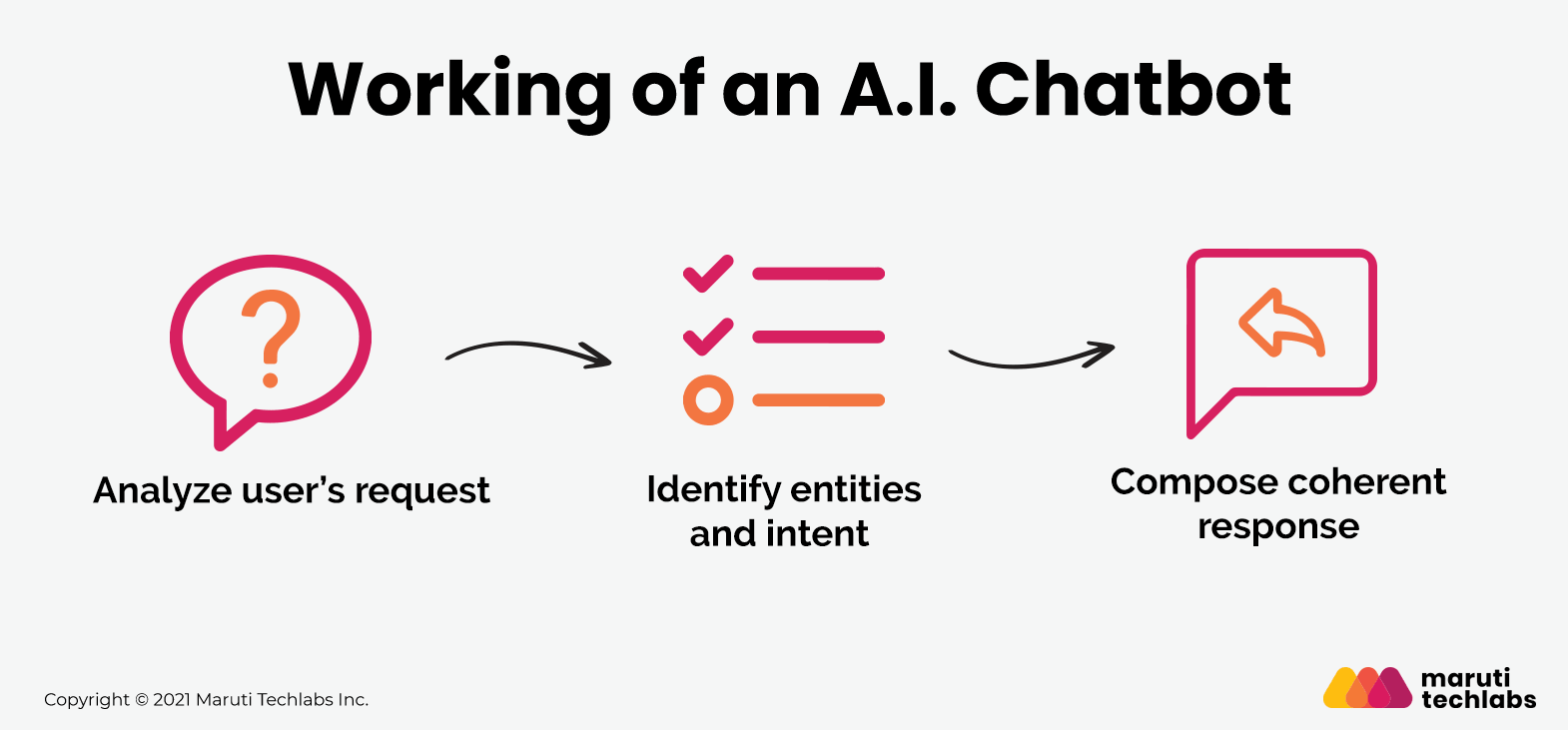
Over time, an AI chatbot can be trained to understand a visitor quicker and more effectively. Human feedback is essential to the growth and advancement of an AI chatbot. Developers can then review the feedback and make the relevant changes to improve the functionality of the chatbot.
Intelligent chatbots are a gamechanger for organizations looking to intelligently interact with their customers in an automated manner. It reduces the requirement for human resources and dramatically improves efficiency by allowing for a chatbot to handle user’s queries cognitively and reliably.
How does an Intelligent Chatbot Work?
Artificial intelligence allows online chatbots to learn and broaden their abilities and offer better value to a visitor. Two main components of artificial intelligence are machine learning and Natural Language Processing (NLP).
It is necessary because it isn’t possible to code for every possible variable that a human might ask the chatbot. The process would be genuinely tedious and cumbersome to create a rule-based chatbot with the same level of understanding and intuition as an advanced AI chatbot. Understanding goals of the user is extremely important when designing a chatbot conversation.
AI chatbots use machine learning, which at the base level are algorithms that instruct a computer on what to perform next. When an intelligent chatbot receives a prompt or user input, the bot begins analyzing the query’s content and looks to provide the most relevant and realistic response.
The chatbot is provided with a large amount of data that the algorithms process and find the model(s) that give the correct answers.
The programmers then validate the responses, teaching the algorithm that it has performed well. In case of errors, the programmers invalidate the response that demonstrates to the online chatbot that the answer is incorrect. The chatbot then uses a different model to provide the correct solution.
Over time, the chatbot learns to intelligently choose the right neural network models to answer queries correctly, which is how it learns and improves itself over time.
Deep learning uses multiple layers of algorithms that allow the system to observe representations in input to make sense of raw data. Weighted by previous experiences, the connections of neural networks are observed for patterns. It allows the AI chatbot to naturally follow inputs and provide plausible responses based on its previous learning.
Better training of the chatbot results in better conversations. Better conversations help you engage your customers, which then eventually leads to enhanced customer service and better business.
Importance of Natural Language Processing in AI Chatbot
Natural Language Processing (NLP) is the science of absorbing user input and breaking down terms and speech patterns to make sense of the interaction. In simpler terms, NLP allows computer systems to better understand human language, therefore identifying the visitor’s intent, sentiment, and overall requirement.
NLP-based chatbot can converse more naturally with a human, without the visitor feeling like they are communicating with a computer. Language nuances and speech patterns can be observed and replicated to produce highly realistic and natural interactions.
Due to many variables, a chatbot may take time to handle queries accurately and effectively, based on the sheer amount of data it needs to work with.
Artificial intelligence systems are getting better at understanding feelings and human behavior, but implementing these observations to provide meaningful responses remains an ongoing challenge.
The narrower the functions for an AI chatbot, the more likely it is to provide the relevant information to the visitor. One should also keep in mind to train the bots well to handle defamatory and abusive comments from visitors in a professional way.
Do We Foresee Challenges In Building Intelligent Chatbot?
Building an intelligent chatbot is not devoid of challenges. From making the chatbot context-aware to building the personality of the chatbot, there are challenges involved in making the chatbot intelligent.
Context integration
Sensible responses are the holy grail of the chatbots. Integrating context into the chatbot is the first challenge to conquer. In integrating sensible responses, both the situational context as well as linguistic context must be integrated. For incorporating linguistic context, conversations are embedded into a vector, which becomes a challenging objective to achieve. While integrating contextual data, location, time, date or details about users and other such data must be integrated with the chatbot.

Coherent responses
Achieving coherence is another hurdle to cross. The chatbot must be powered to answer consistently to inputs that are semantically similar. For instance, an intelligent chatbot must provide the same answer to queries like ‘Where do you live’ and ‘where do you reside’. Though it looks straightforward, incorporating coherence into the model is more of a challenge. The secret is to train the chatbot to produce semantically consistent answers.
Model assessment
How is the chatbot performing?
The answer to this query lies in measuring whether the chatbot performs the task that it has been built for. But, measuring this becomes a challenge as there is reliance on human judgment. Where the chatbot is built on an open domain model, it becomes increasingly difficult to judge whether the chatbot is performing its task. There is no specific goal attached to the chatbot to do that. Moreover, researchers have found that some of the metrics used in this case cannot be compared to human judgment.
Read intention
In some cases, reading intention becomes a challenge. Take generative systems for instance. They provide generic responses for several user inputs. The ability to produce relevant responses depends on how the chatbot is trained. Without being trained to meet specific intentions, generative systems fail to provide the diversity required to handle specific inputs.
How Do You Make An Intelligent Chatbot?
The process of making an intelligent chatbot can be broken down into three major steps –
1. Design
The design stage of creating a smart chatbot is essential to the entire process. An AI chatbot’s look and feel are extremely important for the impression that it creates on the users. The best way to do so is to make sure that the user experience is fluid, friendly, and free of clutter.
The AI chatbot design will play a vital role in creating an enjoyable user experience for your visitors. When selecting a color palette, choose one that looks calm and agreeable and makes your visitors ready to interact.
2. Development
The development of an intelligent chatbot is extremely important. In simple terms, it involves making it intelligent for it to perform its functions effectively.
Basic chatbots can be created using chatbot developers or chatbot builders. In case you’re unfamiliar with coding languages or are not as advanced to be comfortable with coding the entire chatbot yourself, you can use a chatbot development tool to create a simple chatbot using drag-and-drop in a design editor. Oracle Cloud and IBM Watson are great for developing chatbots with cloud computing. They also allow you to apply NLP and advanced AI abilities.
For more advanced and intricate requirements, coding knowledge is required. Chatbots can be coded in Python, Java, or C++. Whichever one you choose, it’s important to decide on what the developers are most comfortable with to produce a top-quality chatbot.
Python is usually preferred for this purpose due to its vast libraries for machine learning algorithms.
3. Analysis
Chatbot analytics involves the ongoing study of the bot’s performance and improving it over time. A vital part of how smart an AI chatbot can become is based on how well the developer team reviews its performance and makes improvements during the AI chatbot’s life.
Intelligent chatbot should learn and develop itself over time to provide better value to your visitors. By analyzing its responses, the developers can correct the errors that a chatbot makes to improve its performance.
How to Choose the Best Intelligent Chatbot for your Needs?
The various factors to consider when choosing an intelligent chatbot for your organization include –
- The volume of data the chatbot will need to process
- The variations in queries the chatbot will receive
- The complexity and variables involved to provide solutions
- The capabilities of the developers
Depending on your business requirements, you may weigh your options. Rule-based chatbots can easily handle simple and direct queries. However, if you require your chatbot to deal with extensively large amounts of data, variables, and queries, the way to go would be an AI chatbot that learns through machine learning and NLP.
Factors to consider when creating/choosing an AI Chatbot
The factors that need consideration when creating an AI chatbot are –
1. Enterprise Requirements
Before you create an AI chatbot, think about your enterprise’s requirements. Many organizations might be perfectly content with a simple rule-based chatbot that provides relevant answers as per predefined rules. In contrast, others might need advanced systems of AI chatbot that can handle large databases of information, analyze sentiments, and provide personalized responses of great complexity.
2. Developer Capabilities
When creating an intelligent chatbot, it’s necessary to weigh in the developer team’s capabilities and then proceed further. While many drag-and-drop chatbot platforms exist, to add extensive power and functionalities to your chatbot, coding languages experience is required. For this reason, it’s important to understand the capabilities of developers and the level of programming knowledge required.
3. CRM integration
An AI chatbot should integrate well with your CRM to make your experience more fluid and efficient.
It’s important to know if your AI chatbot needs to link with your marketing and email software to add value for your customers.
CRM integration means that the chatbot will be able to work seamlessly with your existing CRM tools without needing much human intervention. It’s the best way to maximize your organization’s performance and efficiency.
Which Chatbot should you Choose – Rule-based or AI?
Both types of chatbots have their advantages and disadvantages. Rule-based chatbots are less complicated to create but also less powerful and narrow in their scope of usage.
On the other hand, AI chatbots are more complicated to create but get better over time and can be programmed to solve a variety of queries and gauge your visitors’ sentiments.
AI chatbots allow you to understand the frequent issues your customer’s come across, better understand your visitors’ needs, and expand the abilities of your chatbot over time using machine learning. With the use of NLP, intelligent chatbots can more naturally understand and respond to users, providing them with an overall better experience.
Future of Customer Service – Intelligent Chatbots
The future of customer service indeed lies in smart chatbots that can effectively understand users’ requirements and deliver intuitive responses that solve problems efficiently.
Intelligent chatbots’ benefits are vast because they allow a company to scale efficiently and automate business growth. Our bot development services ensure friction-free touchpoints between you and your customers.
Being an expert in creating virtual assistants across different channels like your website, apps, WhatsApp, Facebook Messenger, SMS, Maruti Techlabs has helped companies like yours yield higher ROIs by automating lead generation and customer support. Not only that, we also ensure that our chatbots integrate with your existing systems and workflows seamlessly.
If you too want to build a pipeline of qualified leads and multiply your conversion rate, get in touch with our bot experts today! Simply drop us a note here and we’ll take it from there.





